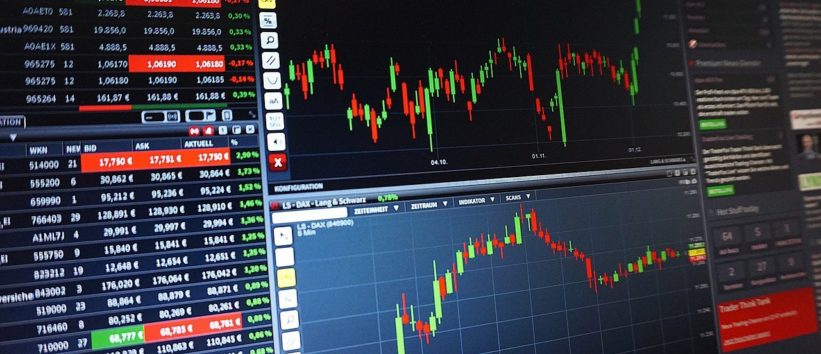Understanding Short and Long Forex Trades
von Trading 101 Juli 16, 2019

If you’ve ever watched a Hollywood movie on the stock market or investing, or if you’ve even just browed through different news channels and caught a part of the finance section, the terms “short” and “long” in reference to trading might have caught your attention. Those are terms typically covered in your average Trading 101 guide, so we’ll break them down for you here. Some people are too afraid to ask what they mean for the fear of looking uninformed, so we’re going to assume you’ve little to no trading knowledge at all. The history behind the terms dates back to the 1970s, with its roots being the Bretton Woods Agreements which came right after the end of World War 2. Until 1971, the value of the US Dollar was directly proportionate to the value of gold. Most other countries agreed to fix the value of their currency against the US Dollar, which was valued against gold. In 1976, all connection between gold and the value of the US Dollar was dropped, meaning that currency powers started fluctuating against the economy. Since gold was no longer the standard form of defining the US Dollar’s value, the value of the dollar would go up and down, which in turn had effects on the currencies of other countries, whose value was based on that of the US Dollar.
The easiest way to imagine short and long trades are by thinking about how you profit. A simple example would be that you buy shares of company X. For you to profit, the value of company X’s stock needs to rise in comparison to the US Dollar. Once it’s worth more money, you can sell it and gain profit. If the value of the US Dollar had also risen at the same time, you would not have made any profit as your money would essentially have remained at the same purchasing power, even if its amount increased. This is considered a “long” trade and is an important part of understanding forex trading 101.
One thing to keep in mind is that if you “go long” on company X stock, you are essentially going short on US Dollars. Whatever you bought is going to be long, whatever you used to buy is what you’re going short on. This is especially important to note in the context of foreign exchange. For example, you could go long on EUR/USD. That means you’re going to buy EUR with your USD.
On the flipside, if you “go short” on EUR/USD then you are in the reverse situation: you are long on USD and short on EUR.
One of the factors that needs to be considered here is also the amount of interest one has to pay depending on which currencies are being held overnight. The interest amount will depend on the rates at which banks are lending each currency at, which is important to take note of. You ideally want to be going long on a currency that has a higher bank interest rate than the currency you’re going short on. In this case, you’re being paid the difference in interest by your broker assuming you’re holding overnight, which they might want to avoid, so listen to their advice with only your interest in mind. Some brokers will use these differences in lending rates as a method to indirectly increase their profits by having you go long on a currency that has a lower interest rate than the one you’re going short on, as you will have to be the one paying the difference in said interest rates to your broker.
And there you have it - the concepts of short and long explained in the context of forex trading. Do keep in mind that these terms mean other things when put in the context of other forms of trading, but the idea behind it stays the same.
